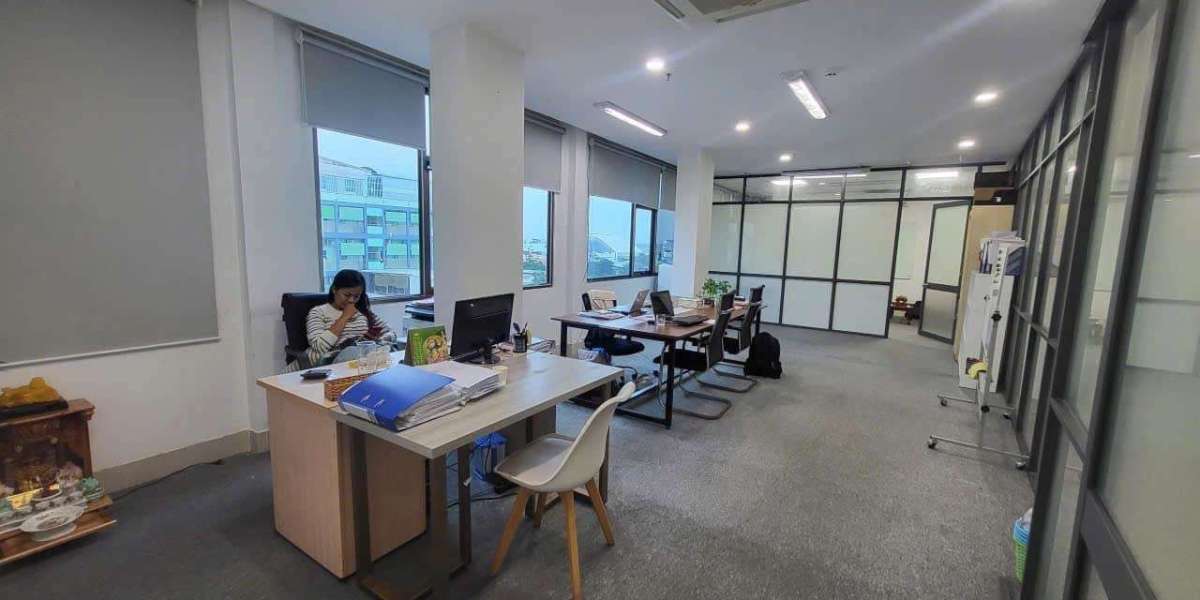One day, your child is taking their first wobbly steps, and the next, they're confidently running and jumping. The speed at which children grow and change can be both amazing and overwhelming for parents. This rapid transformation is what we call 'child development' – the intricate process of physical, cognitive, emotional, and social growth that shapes a child's journey from infancy to adolescence. Understanding the key stages of this development is crucial.
It provides parents and caregivers with a roadmap, helping them anticipate changes, recognize milestones, and provide the right support at the right time. This blog aims to demystify these stages, offering clear insights into what to expect at each phase and practical tips on how to nurture your child's healthy development. By understanding these key stages, you can be better equipped to guide your child towards a happy, healthy, and fulfilling life.
Infancy
The first two years of a child's life are a period of extraordinary growth and change.
- Physical Development: Infancy is marked by rapid physical development. Babies quickly progress from reflexive movements to purposeful actions. They develop crucial motor skills like rolling over, sitting, crawling, and eventually walking. Sensory exploration is paramount as they learn about the world through touch, taste, smell, sight, and hearing.
- Cognitive Development: During this stage, infants begin to grasp the concept of object permanence, understanding that objects continue to exist even when out of sight. Early language acquisition begins with babbling and progresses to simple words. Sensory-motor learning, where babies learn through their senses and actions, is foundational for future cognitive development.
- Social-Emotional Development: The development of attachment and trust is crucial. Infants form strong bonds with their primary caregivers, which provides a sense of security. They begin to express a range of emotions, from joy and curiosity to frustration and fear.
- Practical Tips: To support healthy development, engage in activities like tummy time to strengthen muscles, provide sensory play with different textures and sounds, and engage in frequent face-to-face interaction to foster attachment. Reading simple books and singing songs also supports language development. Creating a safe and stimulating environment allows the infant to explore and grow.
Early Childhood
Early childhood, spanning ages 2 to 6, is a period of remarkable development, characterized by increasing independence and a blossoming imagination.
- Physical Development: During this stage, children refine their gross and fine motor skills. They gain better coordination, allowing for more complex physical activities like running, jumping, drawing, and using scissors. Their physical activity levels increase, and they often enjoy active play.
- Cognitive Development: Children begin to engage in symbolic thinking, using objects and actions to represent other things. Language skills expand rapidly, and they begin to use more complex sentences. They enter the preoperational stage of cognitive development, characterized by egocentric thinking and a growing understanding of symbols.
- Social-Emotional Development: Play-based learning becomes a primary method for social and emotional development. Children learn to interact with others, share, and take turns. They begin to develop emotional regulation skills, learning to manage their feelings and express them appropriately.
- Practical Tips: Encourage imaginative play by providing dress-up clothes, blocks, and art supplies. Foster social skills by arranging playdates and encouraging participation in group activities. Promote language development by reading books, engaging in conversations, and asking open-ended questions. Create opportunities for children to learn about and express their emotions in healthy ways. Limit screen time and promote active play. Creating consistent routines helps children to feel safe and secure.
Middle Childhood
Middle childhood, from ages 6 to 12, is a period of significant cognitive and social development, as children prepare for adolescence.
- Physical Development: Children continue to refine their motor skills, becoming more coordinated and physically capable. Growth spurts may occur, and they often engage in organized sports and other physical activities.
- Cognitive Development: They enter the concrete operational stage, developing logical reasoning and problem-solving skills. Academic learning becomes a central focus, as they acquire knowledge in various subjects.
- Social-Emotional Development: Peer relationships become increasingly important, and children begin to develop a stronger sense of self-esteem. They learn social norms and develop a better understanding of social interactions.
- Technology Impacts Children’s Social Development: During this stage, technology plays (Technology Impacts Children’s Social Development) an increasingly significant role in children’s lives. Excessive screen time and digital interactions can negatively affect face-to-face communication, empathy, and social skills. While technology offers educational benefits, it's crucial to balance digital engagement with real-world interactions and activities. Encouraging participation in team sports, clubs, and face-to-face social gatherings helps children develop essential social skills and maintain healthy relationships.
- Practical Tips: Support academic success by providing a conducive learning environment and encouraging a love of learning. Encourage teamwork by promoting participation in group activities and sports. Foster healthy social interactions by arranging playdates and encouraging open communication. It is also important to monitor technology usage, and set clear boundaries.
Adolescence
Adolescence, spanning ages 12 to 18, is a period of dramatic physical, cognitive, and emotional transformation.1
- Physical Development: This stage is marked by puberty, involving significant hormonal changes and rapid physical growth.2 Adolescents experience changes in body shape, size, and sexual maturity.3
- Cognitive Development: They develop formal operational thought, enabling abstract reasoning, critical thinking, and hypothetical thinking.4 Identity formation becomes a central cognitive task, as they explore their values, beliefs, and sense of self.5
- Social-Emotional Development: Peer influence becomes paramount, and adolescents seek independence from their families.6 They navigate complex social dynamics and explore their sexual and romantic identities.7 Emotional fluctuations are common as they grapple with hormonal changes and social pressures.8
- Practical Tips: Support their emotional well-being by providing a safe space for open communication and active listening. Foster their independence by gradually granting them more autonomy and responsibility. Guide their decision-making by encouraging them to consider the consequences of their actions and develop problem-solving skills. Encourage healthy relationships, and help them to navigate the challenges that come with this stage. It is also important to help them develope healthy coping mechanisms.
Supporting Healthy Development
Creating nurturing environments is essential for healthy child development. Parents, caregivers, and educators play vital roles in providing safe, stimulating, and supportive spaces. Promoting positive relationships through secure attachments and consistent support fosters emotional well-being and resilience. Encouraging exploration and learning through play, curiosity, and access to diverse experiences cultivates cognitive growth and a lifelong love of learning. By prioritizing these elements, we empower children to thrive, reach their full potential, and navigate life's challenges with confidence. A supportive environment, allows a child to feel safe, and secure.
Conclusion
From infancy's rapid growth through adolescence's identity seeking, each developmental stage is vital. Parents and caregivers, remain mindful and supportive. Embrace each child's unique journey, understanding that your guidance shapes their future. By nurturing their growth, you help them flourish.








